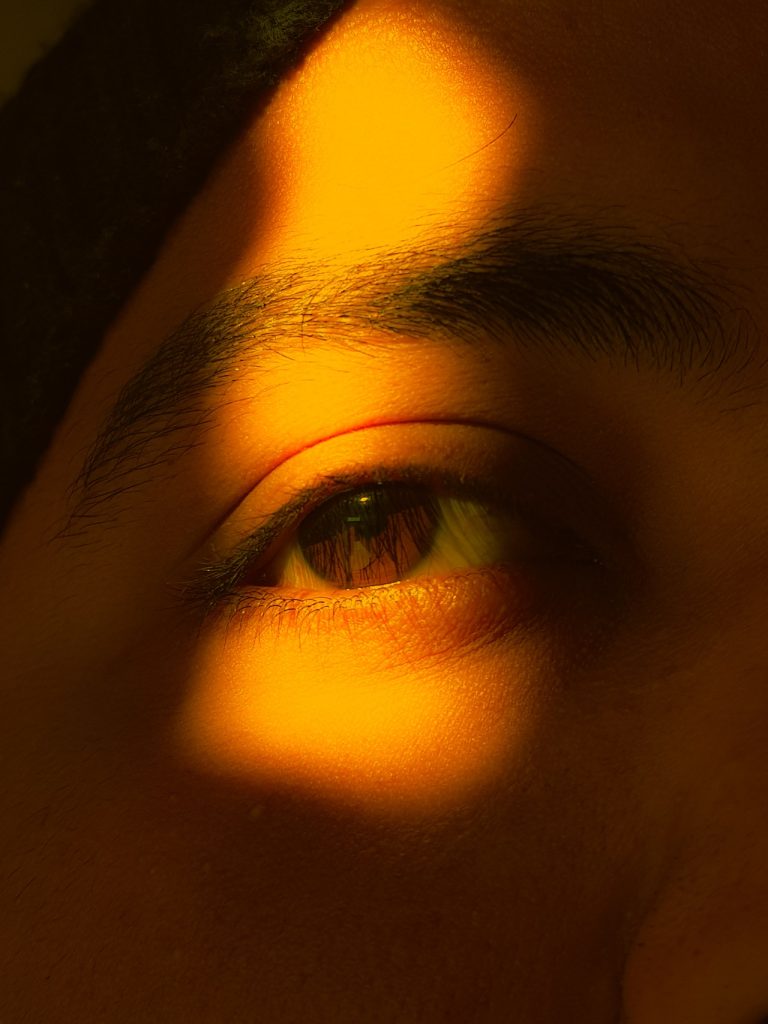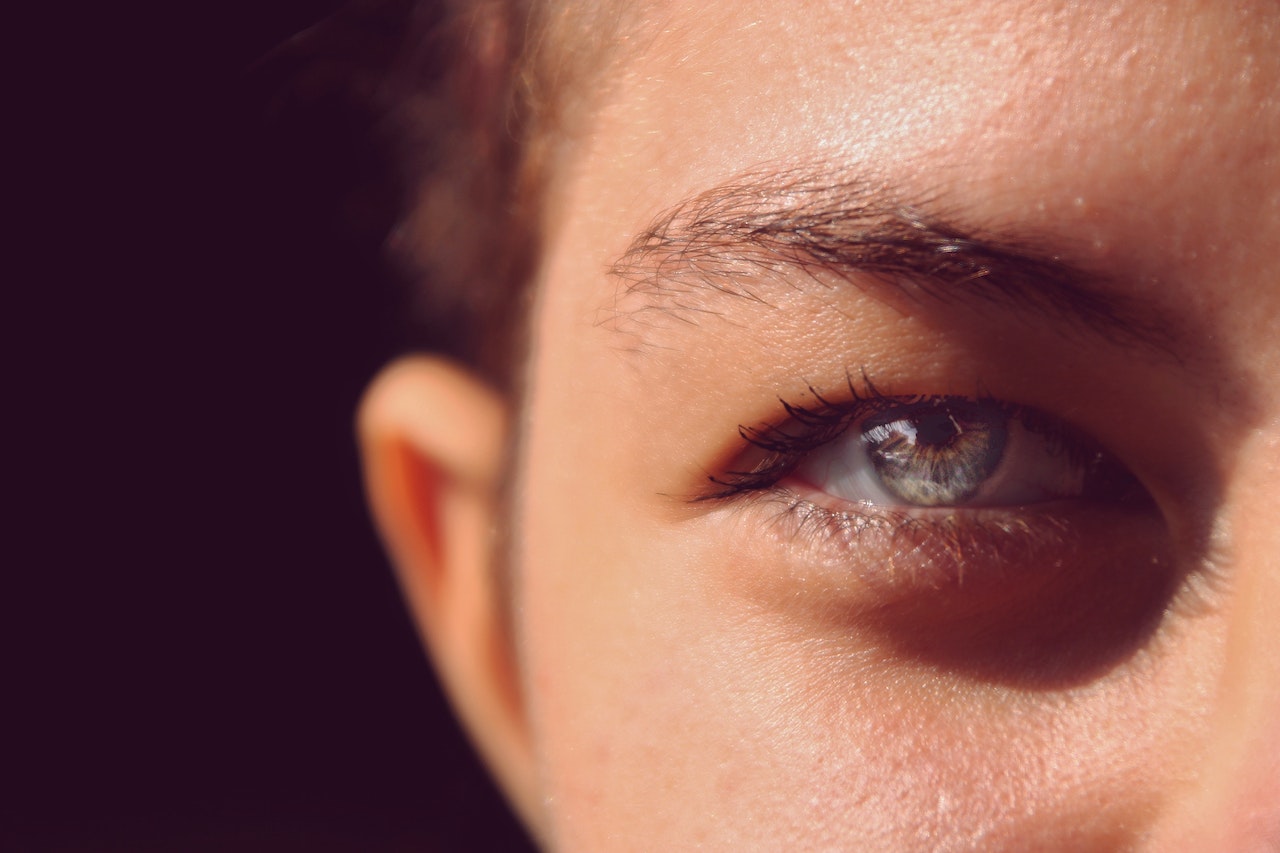When you work in an industrial setting, it’s important to protect your eyes from hazardous materials and other harmful particles. In order to do this, you need to wear proper eye protective equipment. But who supplies this equipment? And just how safe is it? In this blog post, we will explore these questions and more. We will also provide a list of the best eye protective equipment for different industrial settings.
What is eye protective equipment?
Eye protective equipment (EPE) is a term used to describe any clothing or equipment that helps protect the eyes from potential harmful exposure. Common types of EPE include sunglasses, goggles, hats, and face shields.
EPE can be made from a variety of materials, including cloth, plastic, and metal. The most important factor when choosing EPE is the protection it offers. Different materials offer different levels of protection against different types of exposure. For example, sunglasses offer limited protection against ultraviolet radiation but are ideal for protecting against glare and bright light. Goggles offer more complete protection against both UV radiation and glare, but are less effective at blocking out light than sunglasses.
The type of EPE you wear depends on the level of risk you are facing. For example, if you are working in an environment with high levels of exposure to UV radiation, you will need to wear sunscreen and sunglasses together. If the risk is lower, then either one piece of EPE may be enough or you can choose to use multiple pieces of EPE to cover all parts of your body.
There are many different types of EPE available on the market today, so it is important to find what works best for you and your specific needs.
Read More : How rare are Sanpaku Eyes
Types of eyewear
There are many types of eyewear available to protect your eyes from the sun, wind, rain and other potentially harmful conditions. Depending on your lifestyle and work requirements, you may need something that is specific to one or more of these environments.
THRIVE-HARD: If you are active outdoors all day long, a THRIVE-HARD style eyewear is essential. These glasses feature hard lenses made of shatter-resistant polycarbonate material that can take a beating.
SUNGLASSES: Sunglasses are an affordable and easy way to protect your eyes from the sun. You can buy inexpensive sunglasses at most convenience stores or department stores and they come in many different styles and colors.
PROTECTIVE GLASSES: Protective glasses offer better protection than sunglasses against both the sun’s ultraviolet (UV) rays and visible light. They are typically made of a thick, heavy glass that blocks out 99% of UVA/UVB radiation, as well as 50% to 95% of blue light.
SPF SUNGLASSES: Sunscreen filters are also available in sunglasses form. This type of sunglasses features a filter over one or both lenses that blocks out UV radiation while allowing light through to allow you to see clearly. SPF ratings indicate how much protection the filter provides against the sun’s burning power.
Also Check it : Celebrities with Sanpaku Eyes
How to choose the right type of eyewear
There are a few things to consider when choosing eyewear for work.
The type of lens: There are three types of lenses in eyeglasses: convex, concave and spherical. Convex lenses reduce glare while allowing more light into the eye. Concave lenses curve away from the eye, decreasing the amount of glare. Spherical lenses flatten out all light entering the eye and are best for people with severe myopia, nearsightedness or astigmatism.
The frame: Frames come in many different shapes and sizes, but most have a width and height in millimeters that you can use to find a size that fits your face well. The length should also fit comfortably on your nose without being too short or too long. For women, try on several styles with oval frames in particular as these frames often provide an attractive balance between fashion and function.
The strap: Straps should be wide enough so they don’t pinch your skin and tight enough to maintain contact with your head while wearing the glasses. They should also attach easily to the frame without pins or tapes.
When to wear eye protective equipment
There are a few times when wearing eye protective equipment is necessary. Eye protection should be worn when: Working with hazardous materials, such as acids, aerosols, and solvents.
When using lasers or other high-powered equipment that can injure the eye.
During outdoor activities that could result in exposure to debris or flying objects.
Wearing eye protective equipment does not mean that you cannot work or play safely. The most important thing is to keep your eyes healthy and safe by using common sense and following the safety guidelines provided by your employer or organization.
Also Read : What Causes Sanpaku Eyes
Conclusion
As a professional in the medical field, it is essential to have access to eye protective equipment whenever you are treating patients. Unfortunately, not everyone has this same privilege and may need to find another means of protecting their eyes when working with dangerous medical procedures or handling potentially harmful chemicals. Fortunately, there are many different sources of eye protective equipment available online and in retail stores, so if you can’t find what you’re looking for locally, no problem! You can always order the gear online and have it delivered directly to your doorstep.

